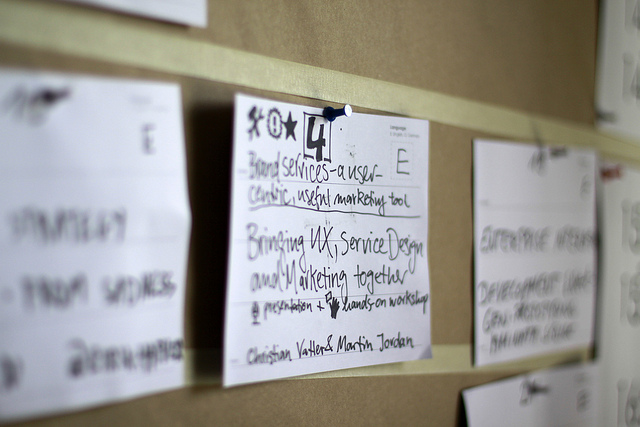LinkedIn is defined as the world’s largest professional network with more than 250 million users. LinkedIn helps you stay connected with colleagues, network with contacts, reach out to new clients and meet people through the introduction of a mutual contact online. Here are the top ten strategies for a successful LinkedIn experience.
1. Complete your profile
- Upload a professional photo
- Describe your work experience, include a comprehensive history
- Enter your education information
- Write a conversational summary
2. Write to be read
Although it is easier to write a bio in third person, writing in first person will appear more social and conversational. Readers will be more engaged in your profile and more likely to continue reading your bio and professional experiences. Try not to sound as if you have copy and pasted from your resume.
3. An extension of your networking
If you have met someone in person at a networking event, invite them to connect with you on LinkedIn. Along with this invitation, refresh their memory with a personalized message explaining who you are and where you met them. This will strengthen the connection for the future.
4. Join groups
There are many people on LinkedIn that you will share passions, interests or industry with. Groups allow you to connect with the people who share common interests with you. Joining groups that spark your interest will give you the opportunity to join discussions and learn about new professional opportunities that may be beneficial to you.
5. Post relevant content
We’ve all heard it before: Posting relevant content is King! Information overload creates a demand for sharing content that your connections are looking to read. Ask yourself, what are effective ways to soft sell? Understanding what resources are truly beneficial is the most effective way to communicate to your network of professionals.
6. Get involved in the conversation
Now that you have completed your profile and joined groups that intrigue you, get in on the discussion. Voice your thoughts, opinions and inspire others in popular discussions on LinkedIn.
7. Position yourself as a thought leader
Steve Jobs is an amazing example of positioning yourself as a thought leader. Jobs spoke to be heard, and his voice was always listened to. Stay involved in popular discussions, create them and make your voice heard in your professional industry.
8. Recommendations
Don’t be shy about asking a colleague for a recommendation. They are a great way for your connections to learn about you through the opinions of others. Positive recommendations on your LinkedIn profile will give your network of professionals a better grasp on your work, expertise and personality. These help justify your resume and verify your work as a professional in your field.
9. Be responsive
Professionals, colleagues or friends may request that you join their network on LinkedIn. If you choose to accept, follow up with a “Thank You” message in a timely manner. If you are short on time or have many requests, accepting their request quickly is sufficient.
10. Develop a strong personal brand
In layman’s terms, a personal brand is your online profile “reputation.” The best Linkedin profiles have more than 500 connections and multiple recommendations. Decide what kind of brand you want to portray and utilize group discussions, post relevant content and get your connections to introduce you to professionals that are in your industry. Remember not to spam or act like a robot! Be yourself, be conversational and try to portray your expertise and personality though your LinkedIn account.




